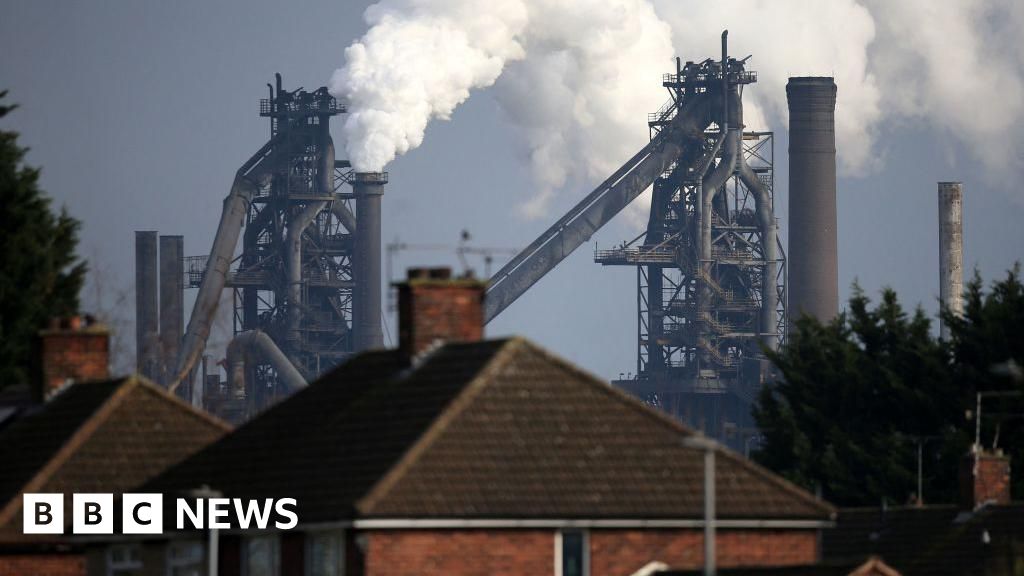
The Shadow of Closure: Britain’s Steel Industry at a Crossroads
The British steel industry, once a titan of global manufacturing, finds itself teetering on the brink. The looming threat of closure hangs heavy over Scunthorpe, home to the UK’s last remaining plant producing virgin steel – a critical component in countless industries, from construction to automotive manufacturing. This isn’t just about one factory; it’s about the future of a vital sector and the thousands of jobs it supports.
The current crisis stems from a confluence of factors, none of which are easily resolved. Global competition, particularly from countries with lower production costs and less stringent environmental regulations, has put immense pressure on British steel producers. The price of raw materials, like iron ore and coal, has fluctuated wildly, making it difficult to maintain consistent profitability. Furthermore, the energy crisis gripping Europe has driven up production costs significantly, further squeezing already thin margins. These challenges are not new, but their combined force has pushed the Scunthorpe plant to a critical juncture.
The question of ownership is complex. While specific details remain fluid, it’s clear that the plant’s current situation necessitates significant government intervention. The scale of the potential economic fallout – job losses, supply chain disruptions, and regional economic devastation – is simply too large for the private sector to manage alone. Therefore, government intervention appears unavoidable to prevent a catastrophic collapse.
What will the government do? This is the central question demanding urgent answers. The possibility of nationalization, or taking direct control of the plant, is being strongly considered. Such a move would undoubtedly be controversial. Nationalization is a significant intervention with potential costs and complexities. It raises questions about long-term sustainability, the efficiency of government-run operations, and the potential for political influence over business decisions.
However, the alternative – allowing the plant to close – is equally, if not more, problematic. The immediate and long-term economic and social consequences could be devastating for the local communities and the broader UK economy. The loss of skilled jobs, the ripple effect on connected industries, and the potential decline of regional economies would create substantial challenges.
The government faces a difficult balancing act. It needs to act swiftly and decisively to prevent immediate closure while simultaneously considering the long-term implications of any intervention. A comprehensive strategy is required, potentially involving a combination of financial support, restructuring of operations, and exploration of strategic partnerships with private sector players. This necessitates a clear plan for making the plant competitive again in the long run, considering environmental sustainability and the changing landscape of the global steel industry.
The upcoming parliamentary debate underscores the gravity of the situation. This is not merely an industrial dispute; it’s a critical juncture that demands a holistic approach that balances economic realities with social responsibility. The outcome will have far-reaching consequences for the future of the British steel industry and the communities it sustains. The government’s decisions in the coming weeks and months will be crucial in determining whether the Scunthorpe plant can forge a path towards a sustainable future or succumb to the pressures bearing down upon it.



Leave a Reply